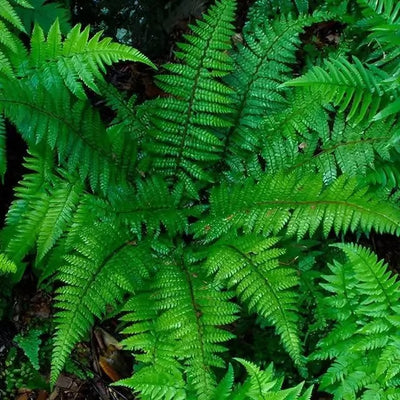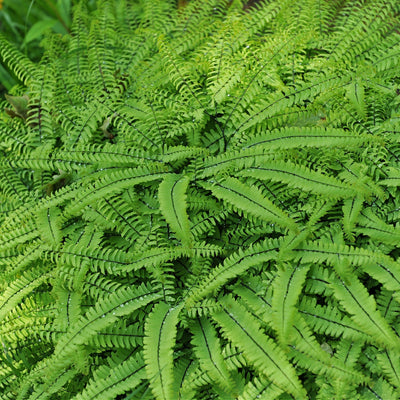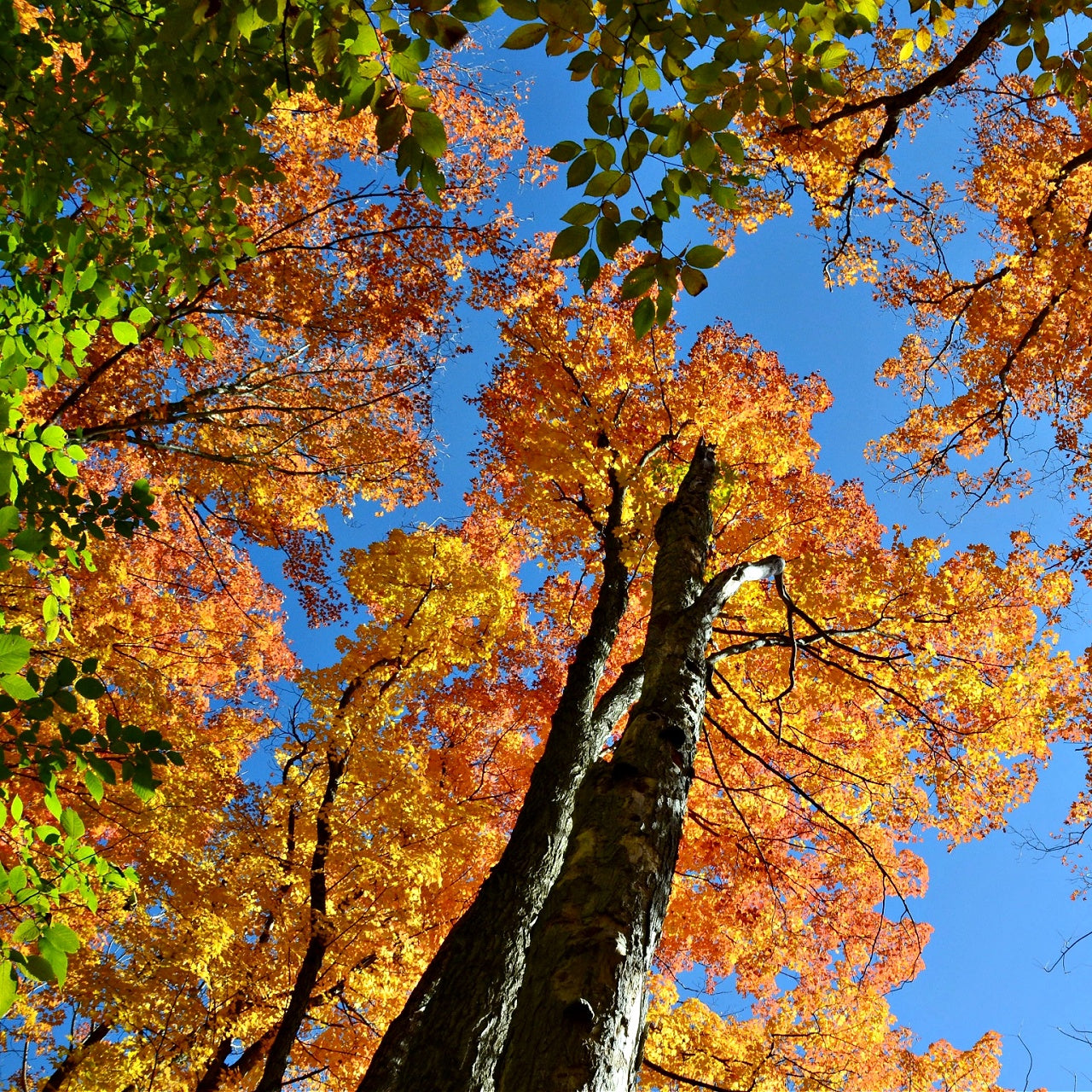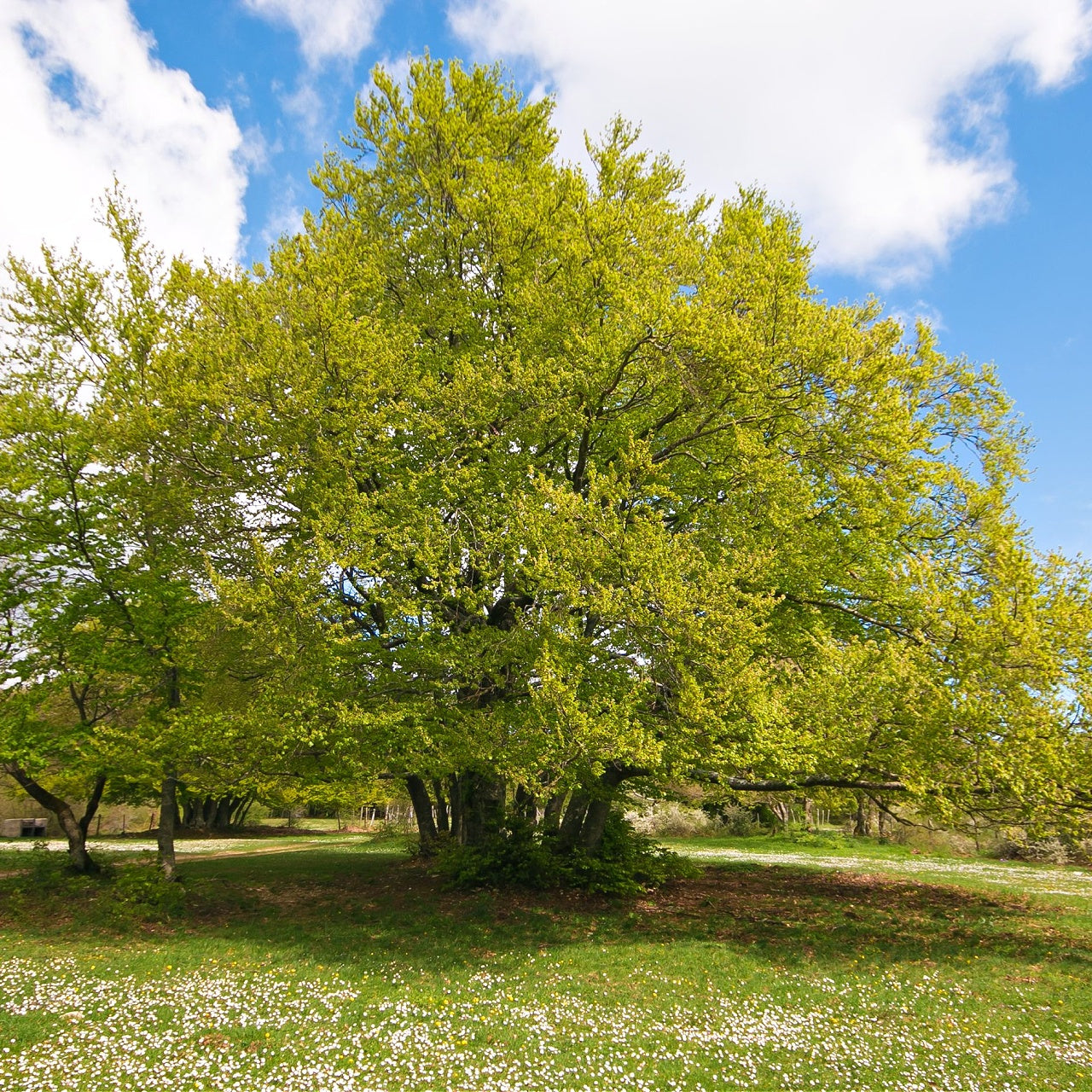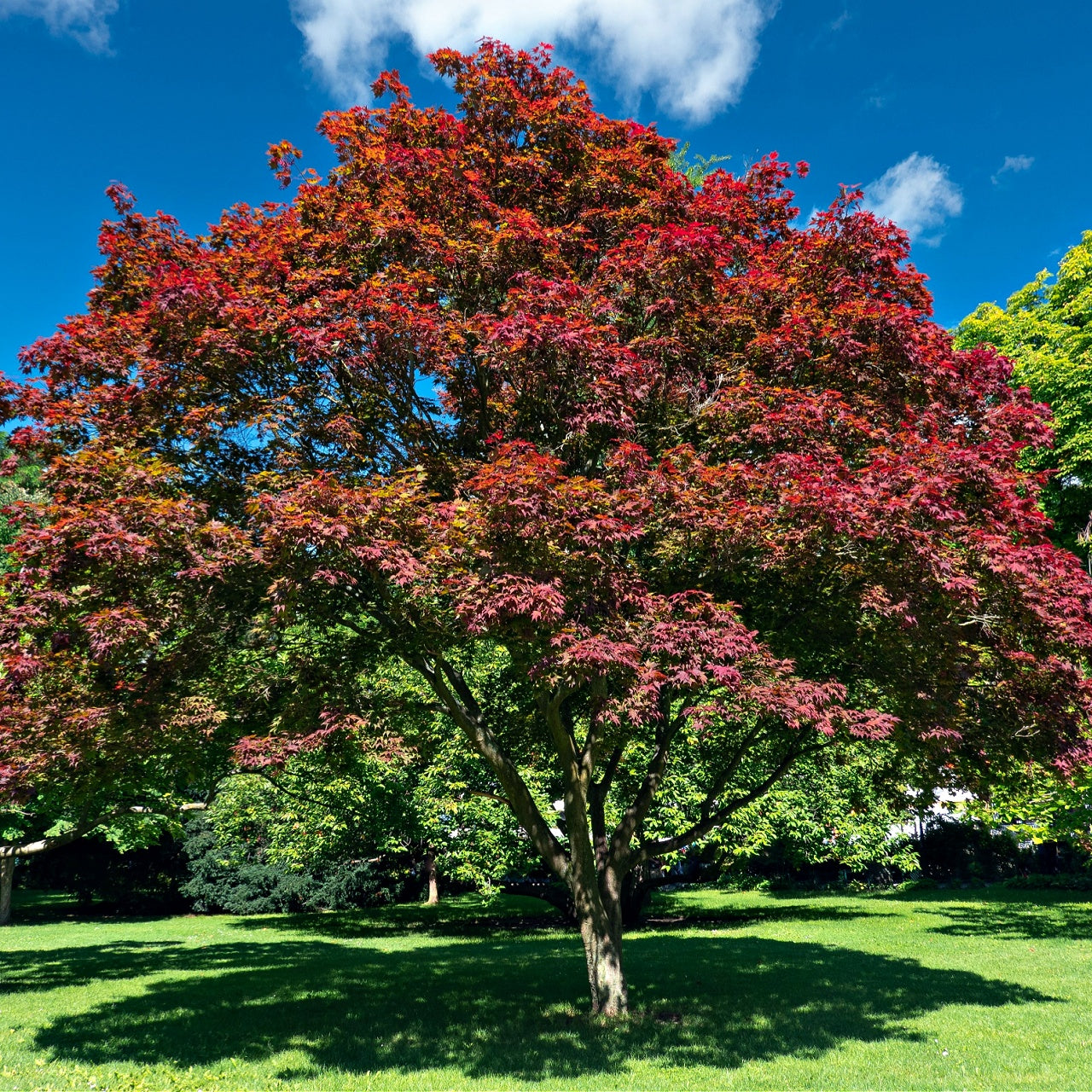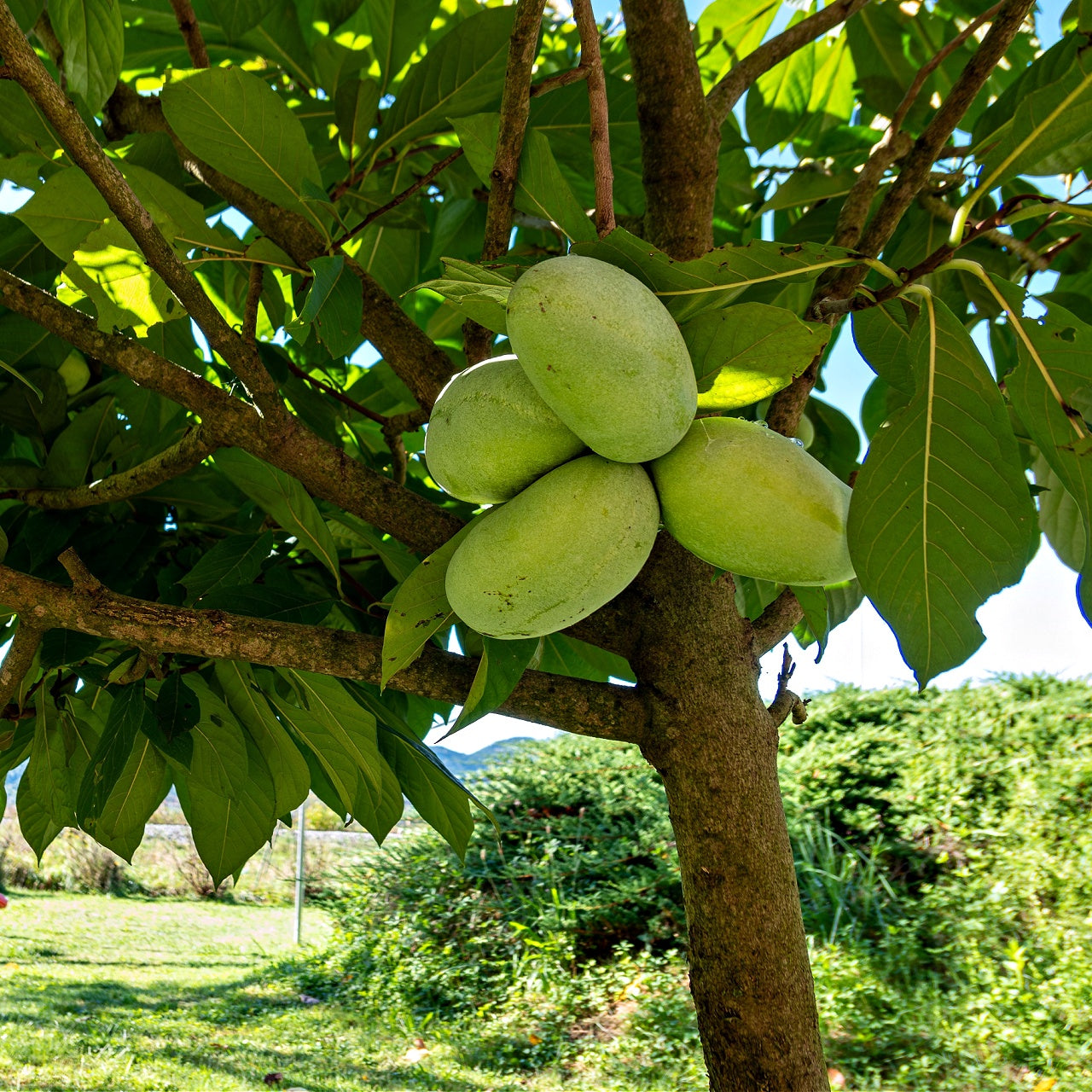
Fern Uses and Benefits in Landscaping
Fern Uses and Benefits in Landscaping
Top Benefits of Using Ferns When Landscaping Your Property
Ferns rank among the most popular plants for residential and commercial landscapes because they provide subtle greenery in spaces where other plants might not succeed. This low-maintenance plant flourishes in full or partial shade areas, adding lovely fronds to landscapes. While every plant, shrub, and tree provides wide-reaching landscaping benefits, ferns remain a unique asset worthy of consideration. If you are developing a landscape design or want to enhance your grounds, our plant nursery stocks a variety of beautiful ferns. Our knowledgeable team would like to share the benefits of employing ferns so that you can make informed landscaping decisions.
Fast Facts About Ferns
Fossils indicate that ferns were part of the natural world nearly 400 million years ago, making them one of the oldest plant groups. Although the vast majority of ancient ferns went extinct, the roots of today’s varieties can be traced back upwards of 70 million years. The ferns people see thriving in forests, countryside, and human landscapes are the second-most diverse plant group on the planet. With an estimated 10,500 species, ferns outnumber non-flowering plants at a rate of 4-to-1. Only flowering plants enjoy greater diversity than ferns. Plants in the modern fern family typically share several foundational traits. One primary difference between ferns and other species is that ferns have an underground stem from which leaves sprout, while most other plants enjoy an above-ground stem. Although their uniqueness and prehistoric tales prove fascinating, everyday people find the peaceful enjoyment ferns deliver to their landscape rewarding.

Benefits of Integrating Ferns into Your Landscape
Besides ranking as the second-most diverse species, fern plants come in different sizes. These may range from large flowing varieties to small and even dwarf fern plants. The species and height differences offer home and commercial property owners increased flexibility. These are benefits property owners can enjoy by integrating ferns.
Accent Walkways: Planting ferns along walkways helps define and soften bricks, concrete, and wooden steps. Because ferns do not have stems above ground, they present a slip-and-fall hazard.
Enhance Tree Bases: Landscaping professionals sometimes want to highlight or enhance the space where trees meet the ground. Some designs include adding a circular brick or stone garden around the tree base. That strategy can lead to rot in well-established trees. Tilling the ground and planting fern plants can accomplish the same design element without taking a risk. Home and commercial property owners can also select ferns that reach the desired height.
Improve Forest Health: Property owners often find that a thriving fern population mitigates forest issues. Ferns add lush greenery and help protect the ground from accumulating dry brush that could lead to a wildfire. These plants also provide cover for wildlife, which supports biodiversity.
Enhance Layered Hillsides: When property owners cut into hillsides and embed timber, concrete, or stone, that does not necessarily look appealing. Landscape professionals sometimes layer the sides of hills and leave a growing space. Ferns remain a top choice for this space because they stay green and require little or no maintenance.
Highlight Flowering Plants: Imagine that you plan to integrate tall perennial flowering plants such as Daisies or Black-Eyed Susans. Placing ferns in the foreground may be aesthetically worthwhile to increase the greenery. The subtle fronds generally help direct the eye to the colorful blooms of flowering plants.
Homeowners with low-light verandas also find that integrating ferns into these indoor-outdoor living spaces enhances peaceful enjoyment. Of course, selecting the right fern plants to accomplish your goals requires some due diligence.
What are the Best Fern Plants for Landscaping?
It would be wildly impractical to touch on the more than 10,000 varieties of ferns. Given the cold winters, soil types, and other factors, many would not necessarily thrive in TN. But the following ferns, among others, do increasingly well in this region.
Christmas Ferns: Native to Tennessee and the eastern U.S., this variety maintains its dark green fronds all year. They tend to mature to 1-2 feet relatively slowly and tend to live a long time.
Maidenhair Ferns: This variety likes acidic, moist soil and matures to 2.5 feet with a spread radius of 1.5 feet. The leaves emerge as a bright green.
Sensitive Ferns: This native can withstand full sun with adequate watering.
New York Ferns: This native woodland variety matures to 24 inches in height and width. They generally spread quickly and clump nicely. Homeowners also like that deer usually lack interest in eating them.
Ostrich Ferns: Another native to Tennessee, this variety typically grows in a clump and can mature to 6 feet tall and 4 feet around. They enjoy an iconic curled fiddlehead as well as a lacy frond. The fertile fiddleheads usually appear during summer.
Flowering plants, shrubs, and trees tend to draw the eye when landscaping decisions. But ferns remain a foundational asset that can enhance a landscape in wide-reaching ways.
Exploring Unique Fern Planting Patterns
These ancient plants populated the earth well before dinosaurs emerged, and they continue to fascinate us with their timeless presence. The sophisticated fronds, alongside their delicate textures and green tones, create unmatched tranquility in indoor and outdoor environments. People commonly recognize ferns as standalone plants curving elegantly from planters, but unique planting designs can make these lush green plants highly attractive and feature them in interior spaces. Through creative planting methods and experimentation with diverse fern species alongside natural factors such as light and soil conditions combined with complementary plants, gardeners can create stunning displays that bring out ferns' natural beauty in surprising ways.
Implement an interesting planting technique by arranging ferns in circular or spiral formations, which involves layering multiple species to achieve a dynamic height and texture variation. The outer ring of the arrangement features low-growing ferns with delicate lace-like fronds, while taller, bold varieties stand upright in the center. The arrangement creates visual depth while guaranteeing sufficient light reaches all ferns. The large bird's nest fern functions as the arrangement's centerpiece by drawing viewers' attention inward while highlighting the contrast between its broad leaves and delicate feather-like fronds.
Fern planting achieves a contemporary style through vertical arrangements. Gardeners who mount epiphytic or semi-epiphytic fern species like staghorn ferns on walls or hanging boards achieve "living artwork" where each fern is a sculptural feature against vertical surfaces. Creating stunning visual mosaics is possible by mounting various staghorn and similar ferns in different shapes and sizes on shaded patios or indoor vertical garden spaces. Healthy fern growth depends on sufficient humidity and habitat-mimicking structures such as moss-lined boards or fern-specific mounting plaques.
Organizing fern species into groups or "fern islands" throughout a broader garden setting presents another striking design choice. Several fern species should be grouped in a defined part of the garden, encircled by shade-loving plants like hostas alongside astilbes or heucheras. Ferns can be organized in interlocking layers that resemble puzzle pieces, showcasing different leaf shapes and shades of green. The pattern becomes more pronounced if you add decorative stones or create winding paths around each fern island. Grouping ferns in these small environments helps maintain soil moisture levels while minimizing the need for regular watering.
Terracing is an effective method for showcasing a wide range of fern species. The construction of small retaining walls or raised beds at various heights creates multiple display levels where plants can be showcased effectively. The tiered arrangement of tall ferns behind short ones forms a lush staircase effect of green foliage. The arrangement facilitates maintenance because individual ferns remain accessible without affecting surrounding plants while delivering an engaging visual experience.
Successful fern planting patterns depend on artistic experimentation and knowledge about each species' growth requirements. Gardeners can display ferns' inherent elegance and enduring charm through various textures, height layering, and shape experimentation, including spirals, vertical walls, clustered islands, and terraced stages. Through careful design and attentive maintenance, these lush plants can establish patterns in gardens or interior spaces that inspire feelings of mystery and tranquility alongside ancient enchantment.
Products from the Article
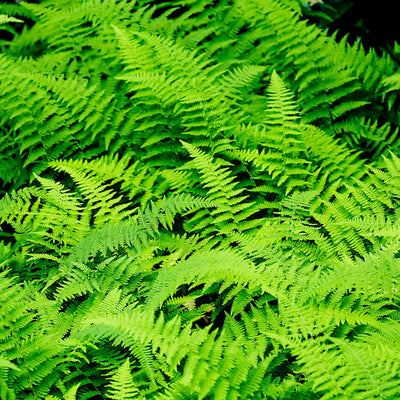
Hay Scented Fern



